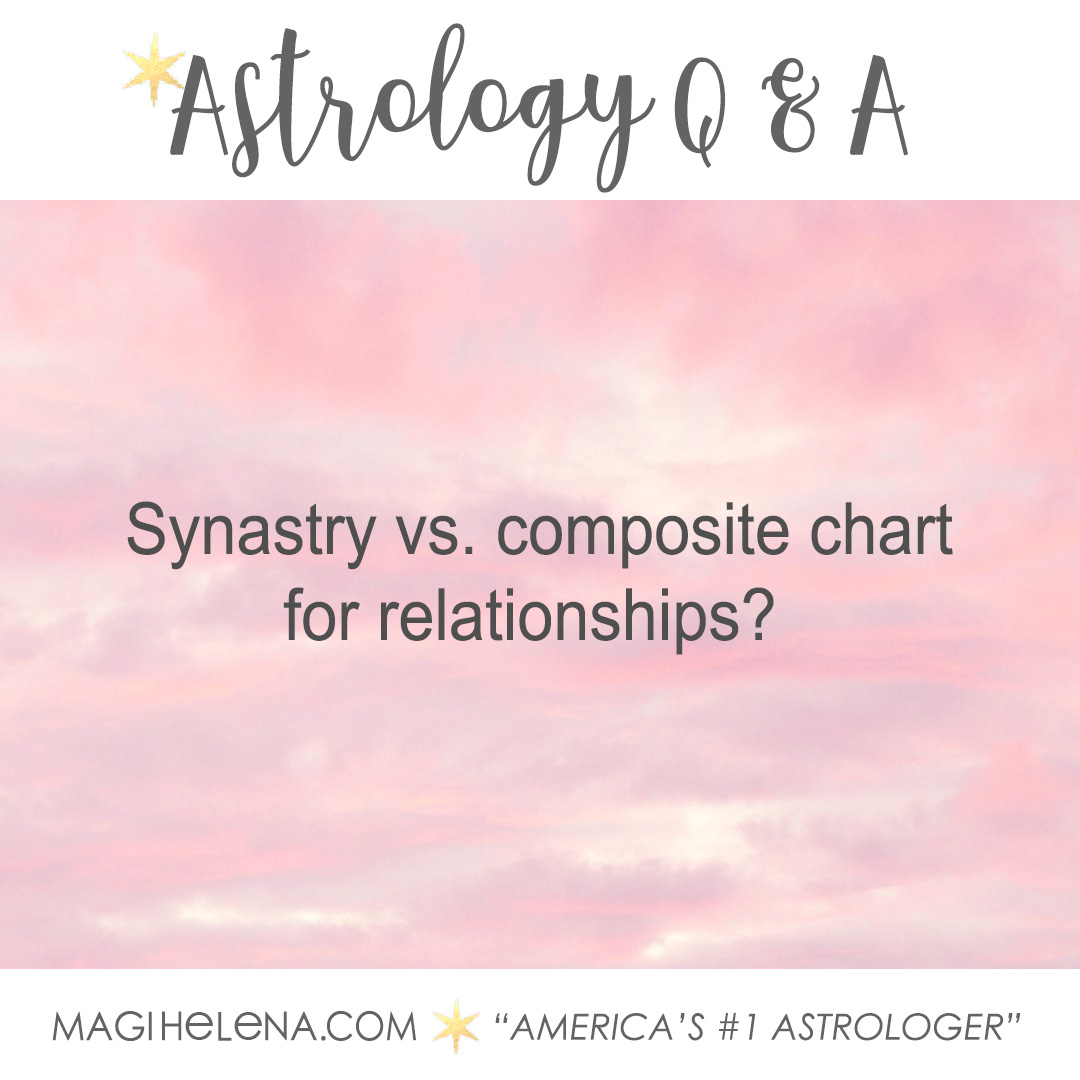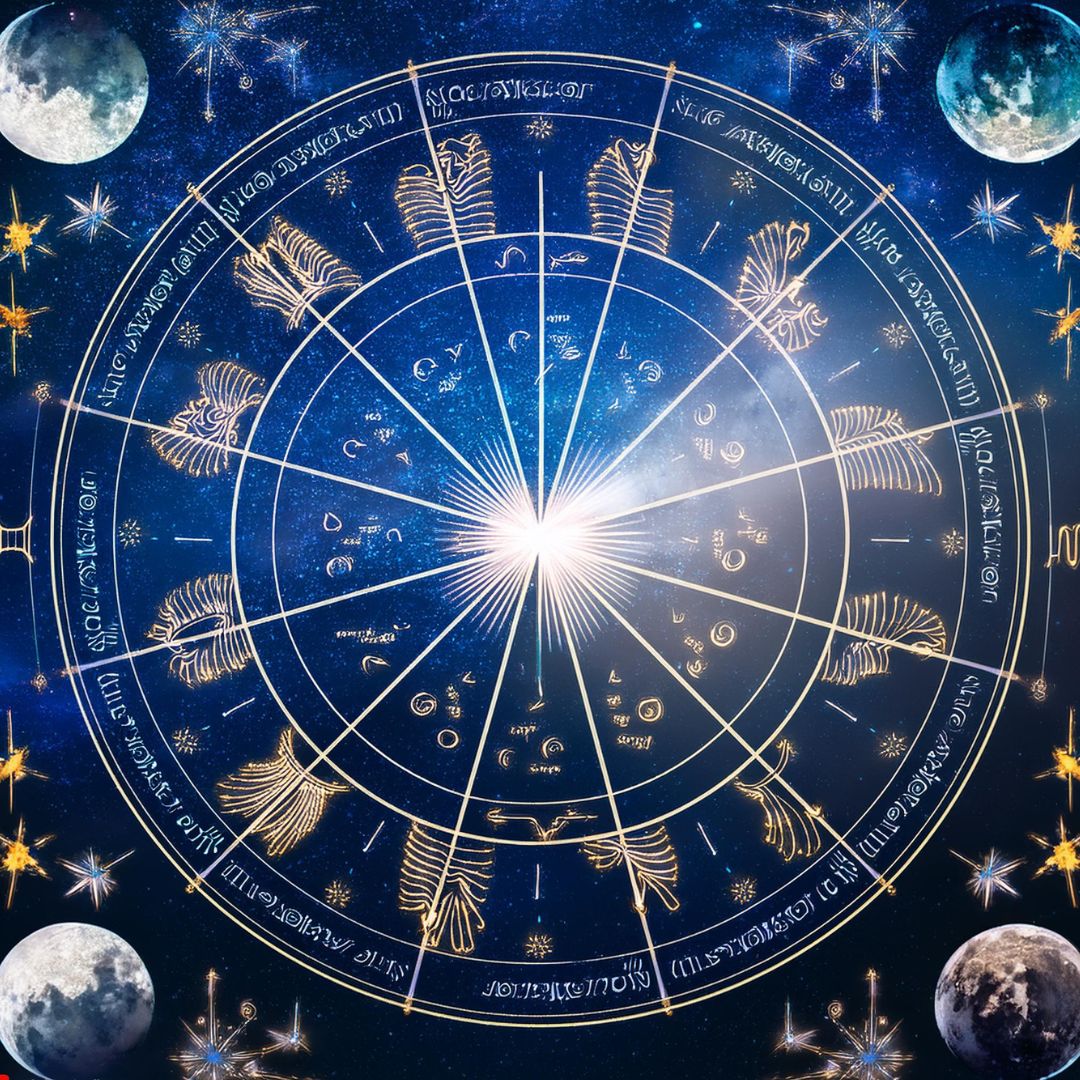Have you ever felt a deep connection with someone, almost like you've known them forever, yet sometimes you hit a wall you just can't explain? Or maybe you're curious about what makes certain partnerships feel so strong and purposeful? Well, exploring relationship astrology can offer some pretty cool insights. It's a way to look at the energetic blueprint of any connection, whether it's romantic, platonic, or even professional.
There are, you know, a couple of main ways astrologers examine how two people connect: through synastry charts and composite charts. Each method gives you a different kind of view into the dynamics at play. It's a bit like looking at a building from two distinct angles to truly grasp its design and how it stands.
We'll talk about what makes each chart special, what kind of questions each one helps answer, and how using both can give you a much fuller picture of your bonds with others. You'll see, it's really quite fascinating to see these cosmic maps unfold.
Table of Contents
- Synastry Chart: What It Shows
- Composite Chart: The Relationship Itself
- Synastry vs Composite: The Big Differences
- Getting the Full Picture: Using Both Charts
- Common Questions About Relationship Astrology
Synastry Chart: What It Shows
When we talk about synastry, we're really looking at how two separate birth charts interact with each other. It’s like taking two clear overlays and placing one on top of the other. Where the planets and points from one person's chart land in the houses and connect with the planets in the other person's chart, that's where the magic happens. It shows you the immediate chemistry, the attractions, the points of friction, and how each person's individual personality affects the other. This chart, you know, really highlights the push and pull between two people.
Understanding Individual Energies
Synastry is all about individual energies meeting. It helps you see how your Sun sign, for example, might light up or challenge another person's Moon sign. It's very much about the "you and me" dynamic. So, how do your personal planets and sensitive points react to those of someone else? That's the question synastry helps answer. It shows where you naturally get along, and also where you might need to work a little harder to understand each other. It’s, you know, a very direct look at interpersonal connections.
Key Elements in Synastry
When you look at a synastry chart, you'll see a lot of lines connecting planets from one person's chart to another. These lines are called aspects. They show the angles between the planets. For instance, if your Venus (how you love) makes a nice connection to their Mars (how they act), there might be a strong physical pull or a sense of passion. But if your Saturn (where you feel restricted) sits on their Sun (their core self), there might be feelings of heaviness or limitation. It's, you know, a pretty detailed map of personal interactions.
Interpreting Synastry Aspects
Different aspects mean different things. A conjunction, where planets are very close, means their energies combine strongly. This can be super powerful, good or bad. An opposition, where planets are directly across from each other, often means a push and pull, a sort of balancing act. Squares can bring tension and challenges, but also a lot of drive to work through things. Trines and sextiles, on the other hand, usually mean easy flow and natural harmony. So, you know, these connections tell a lot about the ease or effort in the relationship.
The Role of Houses in Synastry
Beyond the aspects, where one person's planets fall into the houses of the other person's chart is also very telling. If your Mars lands in their 7th house of partnership, for instance, you might stir up a lot of action or even conflict in their relationships. If their Jupiter lands in your 2nd house of money, they might bring good fortune or opportunities for financial growth into your life. It shows, you know, the specific areas of life where each person influences the other.
What Synastry Helps You See
Synastry is really good for figuring out initial attraction, how you communicate, where you find comfort, and where you might clash. It shows the individual buttons that get pushed and the sparks that fly. It's helpful for understanding why you feel a certain way around someone, or why certain topics always seem to cause friction. You can, you know, pretty much see the raw, unfiltered interaction between two people's personalities.
Composite Chart: The Relationship Itself
Now, a composite chart is something else entirely. Instead of looking at two individual charts interacting, the composite chart creates a brand-new chart that represents the relationship as its own entity. It’s like the relationship itself has a birth chart. This chart shows the purpose of the connection, its shared destiny, and how the relationship acts as a unit in the world. It answers questions like, "What is this relationship here to do?" or "What kind of energy does this partnership give off?" It's, you know, a look at the "we" instead of the "you and me."
How a Composite Chart Is Made
To create a composite chart, astrologers find the mathematical midpoint between each planet and point in both people's charts. So, if your Sun is at 10 degrees Aries and their Sun is at 10 degrees Libra, the composite Sun would be at 10 degrees Cancer (the midpoint). This process is done for every planet, the Ascendant, and the Midheaven. The result is a unique chart that shows the combined energy and purpose of the partnership. It's, you know, a very specific calculation to get to the heart of the bond.
Composite Planets and Houses
In a composite chart, the planets and their placements in the houses describe the shared experiences and themes of the relationship. For instance, if the composite Sun is in the 10th house, the relationship might be very public-facing, focused on career or reputation. If the composite Moon is in the 4th house, the relationship might be very home-oriented and centered on emotional security. Each planet and house placement tells a story about the relationship's collective identity and its path. It's, you know, a way to see the relationship's own personality.
Interpreting Composite Aspects
Just like in a birth chart or synastry, the aspects between the planets in a composite chart are very important. They show the internal dynamics and challenges of the relationship itself. A challenging aspect, like a square between composite Mars and Saturn, might mean the relationship as a whole struggles with taking action or faces frequent roadblocks. A flowing aspect, like a trine between composite Venus and Jupiter, might mean the relationship experiences a lot of joy, ease, and growth. So, you know, these connections describe the flow of energy within the partnership.
What Composite Charts Reveal
Composite charts are great for understanding the overall purpose and direction of a relationship. They show what the partnership is meant to achieve, its strengths as a unit, and the core issues it will face together. It’s not about how you individually feel, but about the shared journey. This chart can help you see if a relationship is meant for long-term commitment, creative collaboration, or perhaps a deep spiritual bond. It really, you know, shows the relationship's own unique story.
Synastry vs Composite: The Big Differences
So, we've looked at what each chart does on its own. Now, let's talk about the key distinctions between synastry and composite charts. They both offer valuable information, but they tell different parts of the story. It's a bit like when you're looking for hotels near Universal Orlando Resort; you want to know about individual rooms and amenities (synastry), but also the overall experience of the resort itself (composite). Both pieces of information are useful, just for different purposes. You know, it's about seeing the whole picture.
Individual Feelings Versus Shared Path
The biggest difference lies in their focus. Synastry shows the individual experience within the relationship. How do *you* feel when *their* Mars connects with your Moon? It’s about the personal impact. Composite, however, shows the relationship as a separate entity. What is *this relationship* here to do? What is its overall vibe and direction? It’s the difference between looking at two people interacting and looking at the new entity they create together. So, you know, one is about the parts, the other about the whole.
When to Use Each Chart
You'd typically look at synastry first to get a feel for the immediate chemistry and potential challenges between two people. It helps you understand the initial attraction and where the friction might come from. If you're wondering about a casual connection or a new friendship, synastry is often the first stop. For long-term relationships, marriages, or significant partnerships, the composite chart becomes extremely important. It tells you about the relationship's long-term potential, its shared purpose, and how it will evolve over time. It really, you know, helps set expectations for the future of the bond.
Getting the Full Picture: Using Both Charts
To truly get a full picture of any relationship, you need to look at both the synastry and composite charts. They don't contradict each other; they build upon each other. Synastry explains the individual experience, the sparks, and the rubs. Composite explains the shared journey, the relationship's purpose, and its collective identity. Ignoring one means you're missing a big piece of the puzzle. It’s like trying to understand a complex translation without looking at both the original text and the translated version; you just won't get the full meaning. You know, both views are needed for complete understanding.
Complementary Insights
Imagine a relationship with challenging synastry aspects, like a lot of squares or oppositions. This might mean the individuals often clash, or they have different ways of doing things. But then, imagine a composite chart with very harmonious aspects, showing a strong, purposeful connection. This could mean that while the individuals might have their personal struggles, the relationship itself is meant to be and has a strong foundation. The challenges in synastry become growth opportunities for the composite. So, you know, they work together to tell a deeper story.
Conversely, a relationship might have super easy synastry, with lots of trines and sextiles, making the initial connection feel effortless. But if the composite chart shows very few strong connections or a lack of direction, the relationship might feel pleasant but ultimately lack a deeper purpose or staying power. This is where both charts help you see the whole picture. It's, you know, about balance and seeing what each chart brings to the table.
Practical Applications for Growth
Using both synastry and composite charts can be incredibly helpful for growth. If synastry shows a particular area of friction, knowing this allows you to approach those topics with more awareness and patience. If the composite chart highlights a shared challenge, like a difficult aspect to the composite Saturn, it tells you that the relationship itself will need to work on patience, structure, or facing limitations together. It helps you understand what you're signing up for, and how to work with the energies at play. You can, you know, use this information to build stronger, more aware connections.
For example, if you find your personal communication style (Mercury in your chart) clashes with your partner's emotional needs (their Moon in synastry), you can be more mindful of how you speak. Then, if your composite chart shows a strong emphasis on shared learning (like a composite Mercury in the 9th house), you know that as a couple, you're meant to explore new ideas together, perhaps even through those initial communication hurdles. It really helps, you know, to see the bigger picture and how to work with it.
As of May 23, 2024, these astrological insights remain a powerful way to understand human connections. To learn more about astrology and its many facets on our site, and perhaps you'd like to explore other relationship dynamics too.
Common Questions About Relationship Astrology
What is the main difference between synastry and composite charts?
The main difference is that synastry shows how two individual birth charts interact, focusing on the personal feelings and dynamics between people. Composite charts, on the other hand, create a new chart for the relationship itself, showing its shared purpose, destiny, and how it operates as a single entity. One looks at the "you and me," the other looks at the "we."
Can a relationship work if the synastry is challenging but the composite is good?
Yes, absolutely! Challenging synastry can mean there are areas where the individuals might clash or need to work on understanding each other. However, a good composite chart suggests that the relationship itself has a strong purpose and foundation, and that the couple can overcome those individual challenges to achieve something meaningful together. The individual challenges can, you know, actually strengthen the bond over time.
Which chart should I look at first for relationship insights?
Many people start with synastry to get a feel for the initial chemistry and how personal energies interact. It's great for understanding attraction and immediate dynamics. For a deeper look into the long-term potential and shared purpose of a significant relationship, the composite chart becomes very important. It's often best to look at both to get a complete picture. You know, they each offer unique and valuable perspectives.
For more general information on astrological charts and their meanings, you might want to visit a trusted resource like Astro.com. It's a great place to, you know, learn more about these fascinating topics.



Detail Author:
- Name : Mohammad Grant III
- Username : damon.jacobson
- Email : zprice@bartell.net
- Birthdate : 2002-05-27
- Address : 86221 Kareem Groves North Lexibury, IL 44613
- Phone : +1 (669) 536-0215
- Company : Brakus, Hane and Rodriguez
- Job : Transit Police OR Railroad Police
- Bio : Sit pariatur voluptatem consectetur tempora. Ratione exercitationem numquam perferendis ipsum maiores. Aut labore sint voluptas voluptatem nam nostrum.
Socials
facebook:
- url : https://facebook.com/rylan_hickle
- username : rylan_hickle
- bio : Eius doloribus laboriosam omnis doloremque nobis sapiente.
- followers : 4409
- following : 513
linkedin:
- url : https://linkedin.com/in/rylanhickle
- username : rylanhickle
- bio : Veniam sit suscipit consequatur.
- followers : 2500
- following : 27
twitter:
- url : https://twitter.com/rylan5380
- username : rylan5380
- bio : Qui est enim autem pariatur et et. Consequatur mollitia nisi tempora. Saepe quis delectus facilis dignissimos quasi. Qui cumque beatae voluptatem aliquid est.
- followers : 4282
- following : 1061